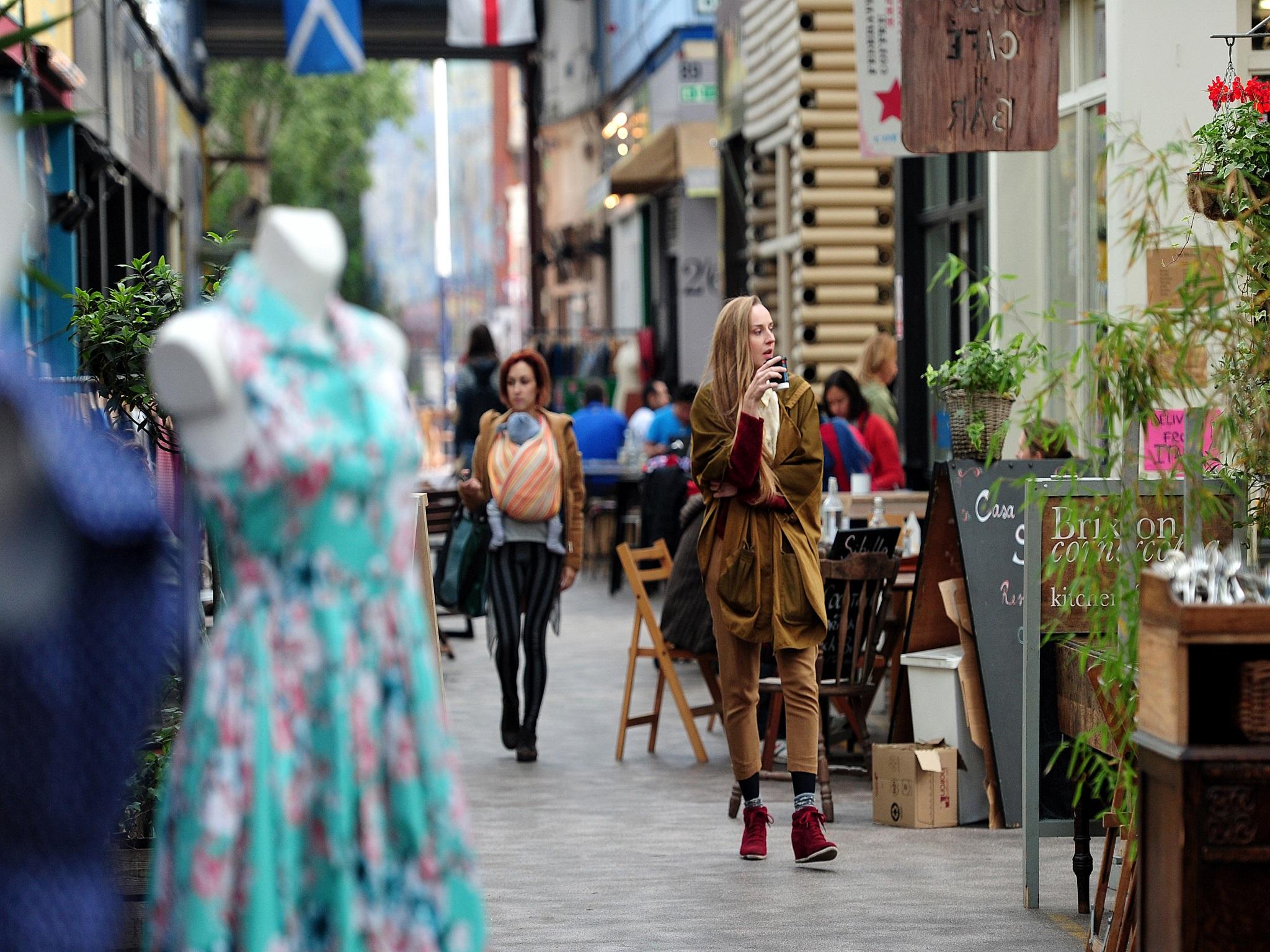Peckham's new hairdressing hub is a great example of how gentrification can have a positive effect
The new Afrocentric retail space Peckham Palms supports local communities and businesses


Your support helps us to tell the story
From reproductive rights to climate change to Big Tech, The Independent is on the ground when the story is developing. Whether it's investigating the financials of Elon Musk's pro-Trump PAC or producing our latest documentary, 'The A Word', which shines a light on the American women fighting for reproductive rights, we know how important it is to parse out the facts from the messaging.
At such a critical moment in US history, we need reporters on the ground. Your donation allows us to keep sending journalists to speak to both sides of the story.
The Independent is trusted by Americans across the entire political spectrum. And unlike many other quality news outlets, we choose not to lock Americans out of our reporting and analysis with paywalls. We believe quality journalism should be available to everyone, paid for by those who can afford it.
Your support makes all the difference.From Brixton to Hackney, various areas across London are undergoing significant change. Gentrification is certainly not a new topic of discussion and is a seemingly inevitable eventuality, especially in London.
Currently, it is mainly being executed in favour of middle-class taste, with little consideration for those living in the area long before any renovation plans were introduced. This often drives deprived and minority communities, as well as local businesses, out. However, Southwark Council have taken a different approach to regeneration through their latest project – Peckham Palms.
London’s first dedicated hub for afro hair and beauty, Peckham Palms opened in the heart of Peckham at the end of last year. Southwark Council planned to renovate Peckham Rye station and with that would come the removal of 40 per cent of the businesses in the surrounding district of Blenheim Grove.
Rather than harshly evicting the hairdressers without offering a relocation space, the council proposed building somewhere for these entrepreneurs to move into at Bournemouth Close, which is just a five-minute walk from their previous location. Southwark commissioned art and design collective Something and Son to manage and carve out a space there, where the black community could still celebrate and embrace their heritage. The enterprise is now home to over 30 hairstylists and maintains affordable rates, catering to locals and more. Monique Tomlinson, a black woman herself, was recruited as general manager and director of Peckham Palms. This is a key component of how redevelopment plans should be treated; through including community members in the process, as it will directly affect them.
A case of redevelopment plans in London, which perhaps took the less thoughtful avenue is Network Rail’s eviction of businesses under their railway arch in Brixton, most of which had been there for many years. The rail company – one of London’s biggest landlords – did not arrange another space for these business owners to move into during the renovation period and offered minimal funding to help with relocating, leaving businesses in a tricky position.
Peckham has long been known for its solid salon population. My regular visits to the local cinema as a teen would often consist of hairdressers asking my friends and I, “do you want to do your hair?” while casually passing by their shop. This was part of the hustling nature of a deeply competitive profession in this region.
There is a special bond established between stylists and their clients. It’s not uncommon to spend several hours in salons and therefore many conversations take place and a unique relationship is formed. It is important that customers trust their hairdresser’s hands – especially with black hair and all its wonderfully distinct textures. This is why projects such as Peckham Palms are so important – they include familiar faces and provide a platform for stylists to flourish further by offering training, business clinics, a booking platform, and marketing support as part of the salon rental package, supporting these black entrepreneurs in achieving a sustainable career.
Adding to the admirable list of Peckham Palm elements is that the units are named after an honourable members of the black community. For example, the bar is named after the first black female astronaut, Mae Jemison. The facility is also decorated with braided plaques around the interior of the building. These thoughtful details reveal the deep consideration for the community in the making of this project.
Regeneration stories are on the rise and although often they can be problematic, Peckham Palms should serve as a template for a more diverse and disruptive path that can be taken, over the narrowed options currently on offer in many gentrified areas of London. Those in charge of regenerating vicinities should actively seek out ways to include locals more in the process. This is a significant step in the right direction.
Join our commenting forum
Join thought-provoking conversations, follow other Independent readers and see their replies
Comments